Ein Kabinett als Archiv
@ryyanbains
ryan@thurweb.ch
[DE]
Das Kabinett ist Herzog & de Meuron’s Archiv in Basel, das alle sich gegenseitig ergänzenden Teile ihrer Praxis seit 2015 aufbewahrt. Der Begriff Kabinett impliziert einen Raum, der sich von unserer stereotypischen Vorstellung von einem Archiv unterscheidet.
Da sich der Wert von Informationen laufend und schnell verändert, ist das Archivieren und Dokumentieren zu einer allgegenwärtigen gesellschaftlichen Praxis geworden. Damit gewinnen Informationen, Objekte und Bilder in der Gegenwart einen unmittelbaren sentimentalen Wert. Dennoch trifft die amateurhafte Produktion von Sammlung und Wissen und das Fachwissen institutioneller Praxis in einer kontrollierten Umgebung wie dem Archiv- und Ausstellungskomplex nicht aufeinander. In Zeiten von Inklusion und Demokratisierung bleibt das Publikum Zuschauer:in. Definierte Kuration und kontrolliertes Auftreten bleiben erhalten, um ein hierarchisches Modell der Wissensverteilung aufrechtzuerhalten.
Die Arbeit schafft eine digitale Plattform für die Architekturarchivierung vom Archiv von Herzog & de Meuron. Die Grundlage ist ein "Stream", in dem die Besuchenden das Kabinett mitgestalten, neue Kontexte schaffen, sammeln und recherchieren können und somit die Anordnung und Darstellung von Informationen zur Disposition stellt. Es ermöglicht einen Einblick in was sein könnte, was ist und was noch werden kann: ein Zugang zu den Fragmenten zwischen Kunst, Ort und Gespräch, die zusammen die faktische Realität des Raums konzipieren und beeinflussen.
[EN]
The Kabinett is Herzog & de Meuron’s architectural archive which preserves all mutually complementary parts of their practice since 2015 and is located in Basel. The term ‘Kabinett’ implies a room that is unlike what we imagine an archive can be.
As the value of information is increasingly in a state of flux, archiving and documenting has become an omnipresent practice across society. Information, objects and images thus gain instant sentimental value in the present. Yet, the amateur production of knowledge and the expertise of institutional practices do not meet in a controlled environment such as that of archives and exhibitions. In times of inclusiveness and democratisation, the public remain spectators. Defined curation and controlled appearance continue to maintain a hierarchical model of knowledge distribution.
This work creates a digital platform for architectural archiving, based on the example of Herzog & de Meuron. The key element is a ‘stream’ through which the general public can engage with and shape the Kabinett, create new contexts, collect and research, thus challenging the arrangement and display of information. Creating insights into what could have been, what is and what might be, the project provides access to the fragments between art, place and conversation which together conceptualise as well as influence the interwoven reality of the space.
© 2022 Jacques Herzog und Pierre de Meuron Kabinett, Basel. All rights reserved.
Ryan Bains, 2022
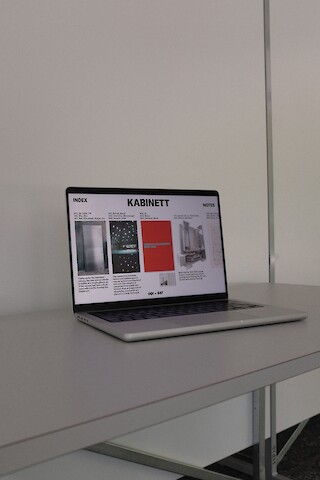
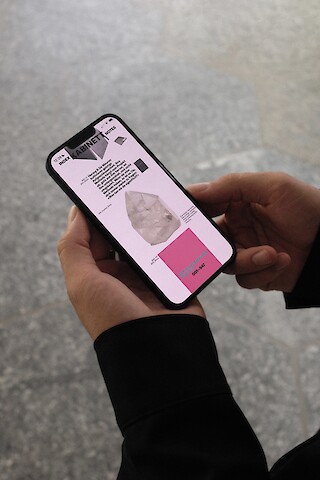
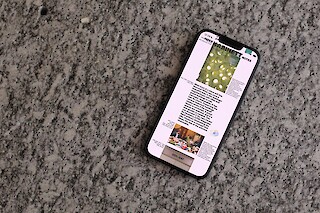
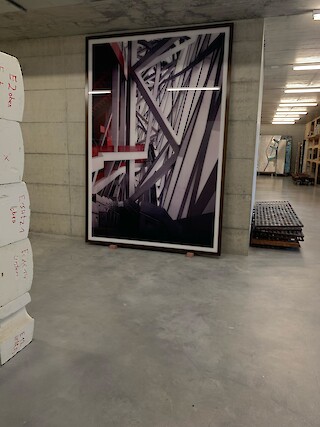
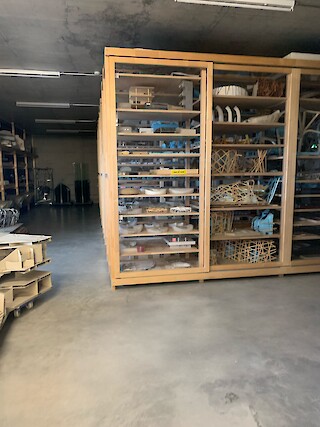
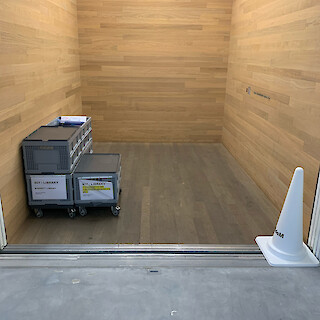
The personal act of archiving, collecting and preserving
An endless stream